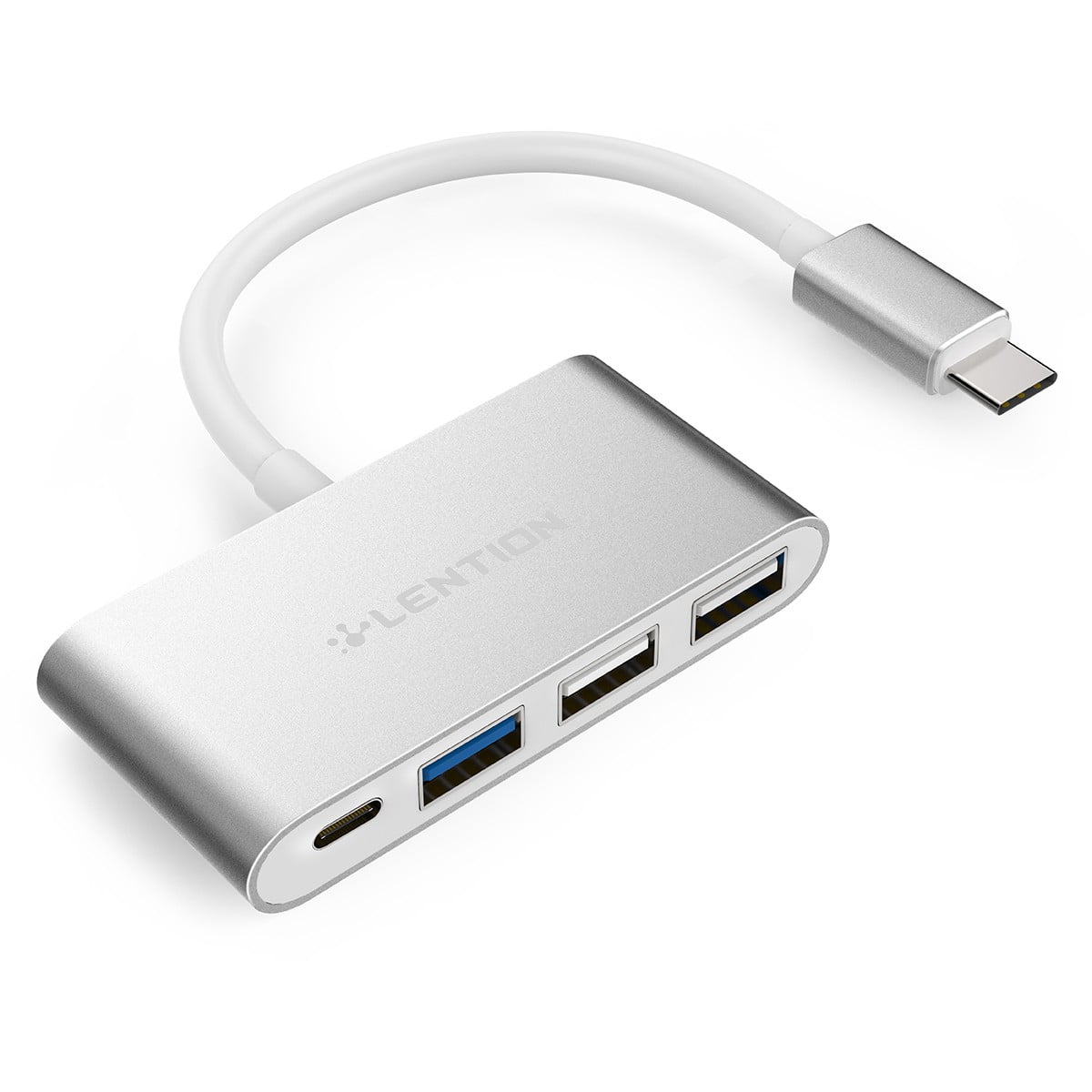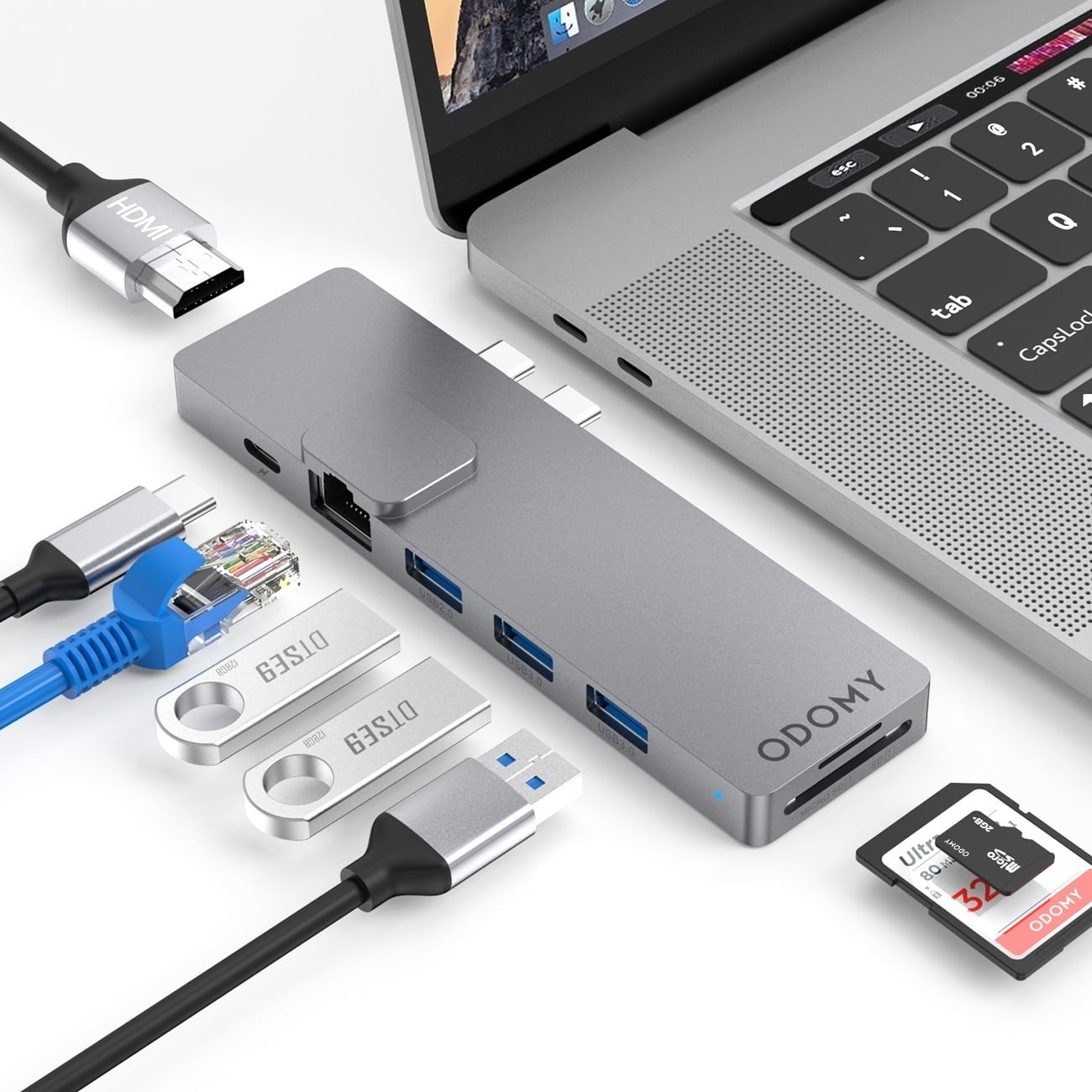

If Apple wants to keep selling iPhones with a physical charging port, it will have to be USB-C. According to the EU, the rules will be able to cut down around 11,000 metric tons (over 12,000 tons) of e-waste annually and save customers €250 million (around $268 million USD) on “unnecessary charger purchases.”

The law aims at reducing waste and easing people’s lives as they would be able to use one charger for all of their devices. The EU general interest has prevailed! /i2UAE7kzyI 🔌 mobile phones, tablets, cameras… will have #USBtypeC More savings for EU consumers & less waste for the planet: We have a deal on the #CommonCharger! 🇪🇺 The policy also encompasses laptops, however, in this case, brands have 40 months (early 2026 roughly) to make the required changes. Manufacturers have until the end of 2024 to incorporate USB-C on their devices and abide by the new policy. The policy envelopes a total of 15 categories which include mobile phones, tablets, cameras, audio wearables, etc. On June 7, 2022, lawmakers of the European Union voted in favor of a common charging standard for electronic devices. It offers wider compatibility, faster transfer speed, and power delivery for charging. To sum up, USB-C is significantly better than Lightning in the areas that matter. Not every phone with USB-C is capable of 150W charging, but the potential is there to reach ludicrous speeds.

For context, the lightning port restricts charging to 20W, while Android phones with USB-C are hitting it out of the park with charging speeds of up to 150W.

The USB-C port is slightly thicker and has a slim connector in its center.īut USB-C’s superiority doesn’t stop here, as it also has a massive advantage in terms of supported wattage. Apple’s Lightning port is thinner and appears hollow. As the numbers indicate, USB-C is way ahead in terms of transfer speeds. Lightning can transfer data at a speed of up to 480Mbps, whereas USB-C is capable of transfer speeds anywhere between 5 and 40Gbps. This could be the iPhone 15 Pro, and you won’t believe the cameraįor starters, Lightning is a proprietary tech that only works with Apple products, while USB-C is a standard that is compatible with devices from numerous manufacturers. IPhone Flip: what we know about Apple’s first foldable phone Someone just paid over $60,000 for this ultra-rare iPhone


 0 kommentar(er)
0 kommentar(er)
